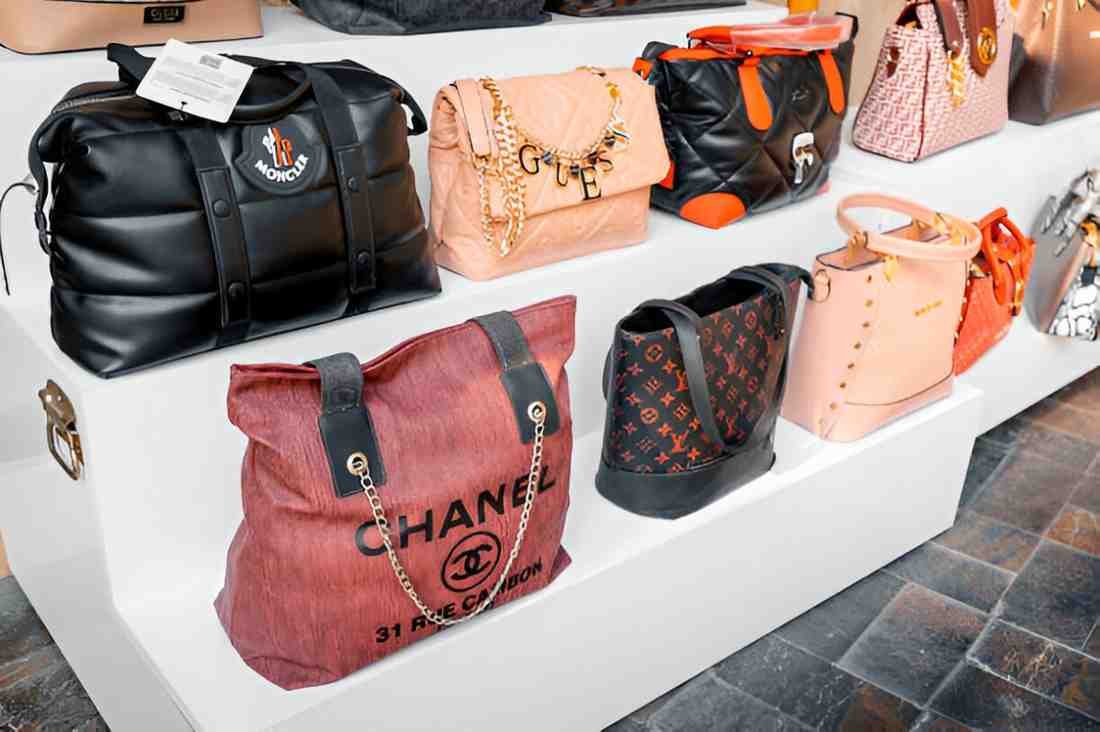Investing can take many forms, from traditional stocks and bonds to alternative assets like art, wine, and even luxury handbags. Among these, Gucci bags have emerged as a fascinating subject for discussion. Are they a good investment? Let’s break it down together, exploring the nuances, challenges, and opportunities involved.
Table of Contents
Understanding the Concept of Investment in Luxury Goods
Investment typically involves allocating resources to generate a return over time. When applied to luxury goods, this return may be financial—through resale value—or intangible, such as personal enjoyment or social status. Gucci bags, as part of the broader luxury market, have garnered attention for their ability to retain or even appreciate in value under certain conditions.
Why Luxury Bags?
Luxury bags, including Gucci, represent a unique blend of craftsmanship, brand prestige, and exclusivity. Unlike mass-market goods, these bags often benefit from limited production runs, iconic designs, and enduring demand. When evaluating Gucci bags as investments, it’s essential to understand the drivers of their value.
- Brand Legacy: Gucci’s long-standing reputation enhances its desirability.
- Craftsmanship: Superior materials and expert artisanship contribute to lasting quality.
- Cultural Relevance: Collaborations and pop culture moments can spike interest.
- Scarcity: Limited editions or discontinued lines often appreciate in value.
Assessing the Financial Aspect
Cost vs. Potential Resale Value
The initial cost of a Gucci bag varies widely, from a few hundred dollars for smaller accessories to tens of thousands for rare, exotic designs. To determine whether a Gucci bag is a good investment, let’s examine the potential resale value.
| Model | Retail Price (USD) | Average Resale Value (USD) | Value Retention (%) |
|---|---|---|---|
| Gucci Dionysus GG | 2,450 | 1,900 | 77.55 |
| Gucci Marmont | 2,890 | 2,100 | 72.66 |
| Gucci Jackie 1961 | 3,800 | 3,400 | 89.47 |
| Gucci Bamboo Top | 4,500 | 3,000 | 66.67 |
The table above highlights variability in resale value. Some models, like the Jackie 1961, retain nearly 90% of their value, while others fall below 70%. This retention depends on factors like popularity, condition, and rarity.
Case Study: Gucci Dionysus GG
Let’s calculate the financial return for a Gucci Dionysus GG bag purchased at $2,450 and sold five years later at $1,900.
- Initial Investment: $2,450
- Resale Value: $1,900
- Depreciation: $2,450 – $1,900 = $550
- \text{Annualized Depreciation} = \frac{550}{5 \, \text{years}} = 110 \, \text{per year}
While this bag depreciates, the loss is relatively modest compared to other luxury items. Additionally, resale platforms often allow sellers to recover a significant portion of their investment.
Non-Financial Returns
Emotional and Social Value
Owning a Gucci bag is not purely about financial metrics. For many, it’s an expression of style and identity. The intangible benefits include:
- Social Recognition: A Gucci bag often signals success and sophistication.
- Personal Satisfaction: High-quality craftsmanship can bring daily joy.
These non-financial returns are subjective but undeniably impactful for some buyers.
Comparing Gucci to Other Luxury Brands
To assess whether Gucci bags are a good investment, it helps to compare them with other luxury brands like Hermès, Louis Vuitton, and Chanel.
| Brand | Average Value Retention (%) | Notable Models | Accessibility |
|---|---|---|---|
| Hermès | 90-120 | Birkin, Kelly | Highly limited |
| Chanel | 75-95 | Classic Flap, Boy | Moderately limited |
| Louis Vuitton | 70-85 | Speedy, Neverfull | Widely available |
| Gucci | 65-90 | Dionysus, Marmont, Jackie | Broadly available |
Key Takeaways:
- Hermès leads in value retention, with certain models appreciating due to scarcity.
- Chanel follows closely, supported by classic designs and a strong secondary market.
- Gucci’s position is competitive, particularly for iconic models like the Jackie 1961.
Factors Influencing Resale Value
Rarity and Exclusivity
Limited editions or collaborations often outperform standard models. For example, the Gucci x Balenciaga collection gained substantial traction upon release, with resale prices exceeding retail.
Condition and Care
Maintaining a bag’s condition is crucial for resale value. Accessories like dust bags and authentication cards further enhance desirability.
| Condition | Estimated Resale Value (%) |
|---|---|
| Excellent | 85-95 |
| Good | 70-85 |
| Fair | 50-70 |
Risks and Challenges
Market Volatility
The luxury market can fluctuate based on economic conditions. Recessionary periods often dampen demand for discretionary goods.
Counterfeits
The prevalence of counterfeit Gucci bags can undermine the value of authentic pieces. Always purchase from trusted retailers or platforms.
Final Thoughts: Are Gucci Bags a Good Investment?
In my experience, Gucci bags can be a worthwhile investment, but only under specific circumstances. For those who appreciate the brand’s aesthetic and craftsmanship, a Gucci bag offers enduring value both financially and emotionally. However, buyers seeking purely financial returns might achieve better results with ultra-luxury brands like Hermès.
Ultimately, whether a Gucci bag is a good investment depends on your priorities. If you value a blend of style, utility, and reasonable resale potential, Gucci deserves a place in your consideration. By making informed choices and maintaining your purchase, you can maximize its value—both as an accessory and as an asset.





